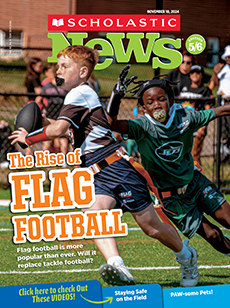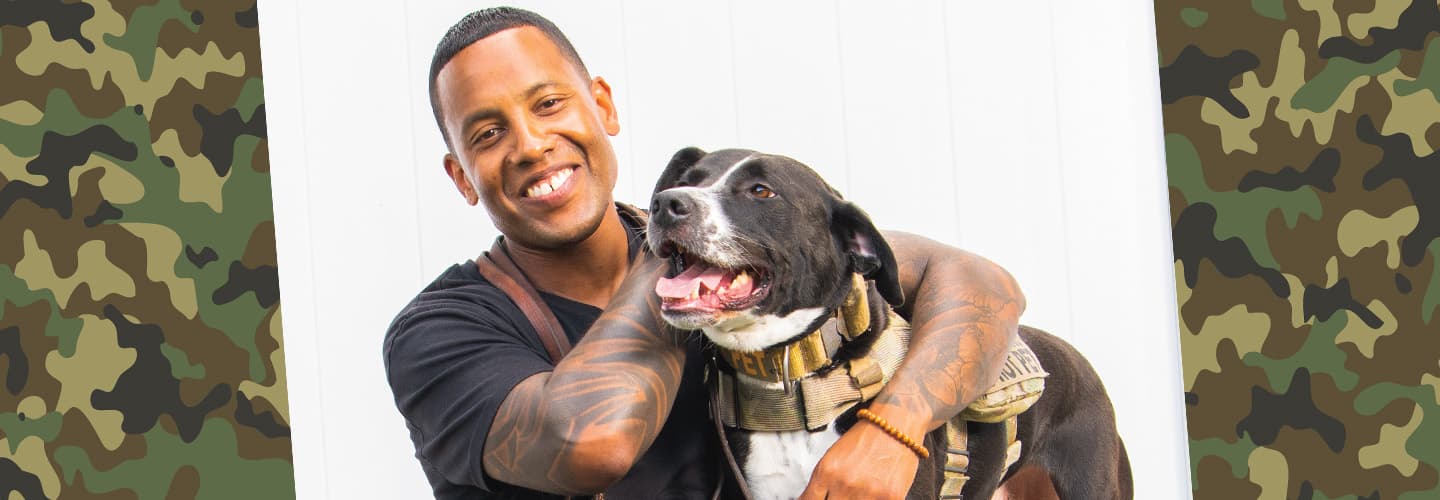Sabrina Helas
David Crenshaw remembers how nervous he used to get in crowded places, like movie theaters and planes.
“My palms would sweat,” he recalls. “I’d feel out of control.”
Crenshaw, a U.S. Army veteran, had served overseas in a war zone. The experience left him feeling constant anxiety—even years after returning home. He had trouble sleeping and always seemed to feel on edge.
In 2015, doctors told him he had post-traumatic stress disorder, or PTSD. People can develop PTSD after going through something very scary or dangerous. They may feel intense sadness, anger, or fear. A study by the U.S. government found that up to 20 percent of recent veterans have PTSD.
But Crenshaw no longer worries about being in crowds or getting a good night’s rest. That’s because his service dog, Doc, is almost always by his side.
“Doc senses when there’s something wrong,” Crenshaw explains. “He throws himself in my lap and gives me hugs and kisses. He calms me down.”
David Crenshaw remembers how nervous he used to get in crowded places. This included movie theaters and planes.
“My palms would sweat,” he recalls. “I’d feel out of control.”
Crenshaw, a U.S. Army veteran, had served overseas in a war zone. The experience left him feeling constant anxiety. He even felt that way years after returning home. He had trouble sleeping. He also seemed to always feel on edge.
In 2015, doctors told him he had post-traumatic stress disorder, or PTSD. People can develop PTSD after going through something very scary or dangerous. They may feel intense sadness, anger, or fear. A study by the U.S. government found that up to 20 percent of recent veterans have PTSD.
But Crenshaw no longer worries about being in crowds. He also doesn’t worry about getting a good night’s rest. That’s because of his service dog, Doc. The pup is almost always by Crenshaw’s side.
“Doc senses when there’s something wrong,” Crenshaw explains. “He throws himself in my lap and gives me hugs and kisses. He calms me down.”

